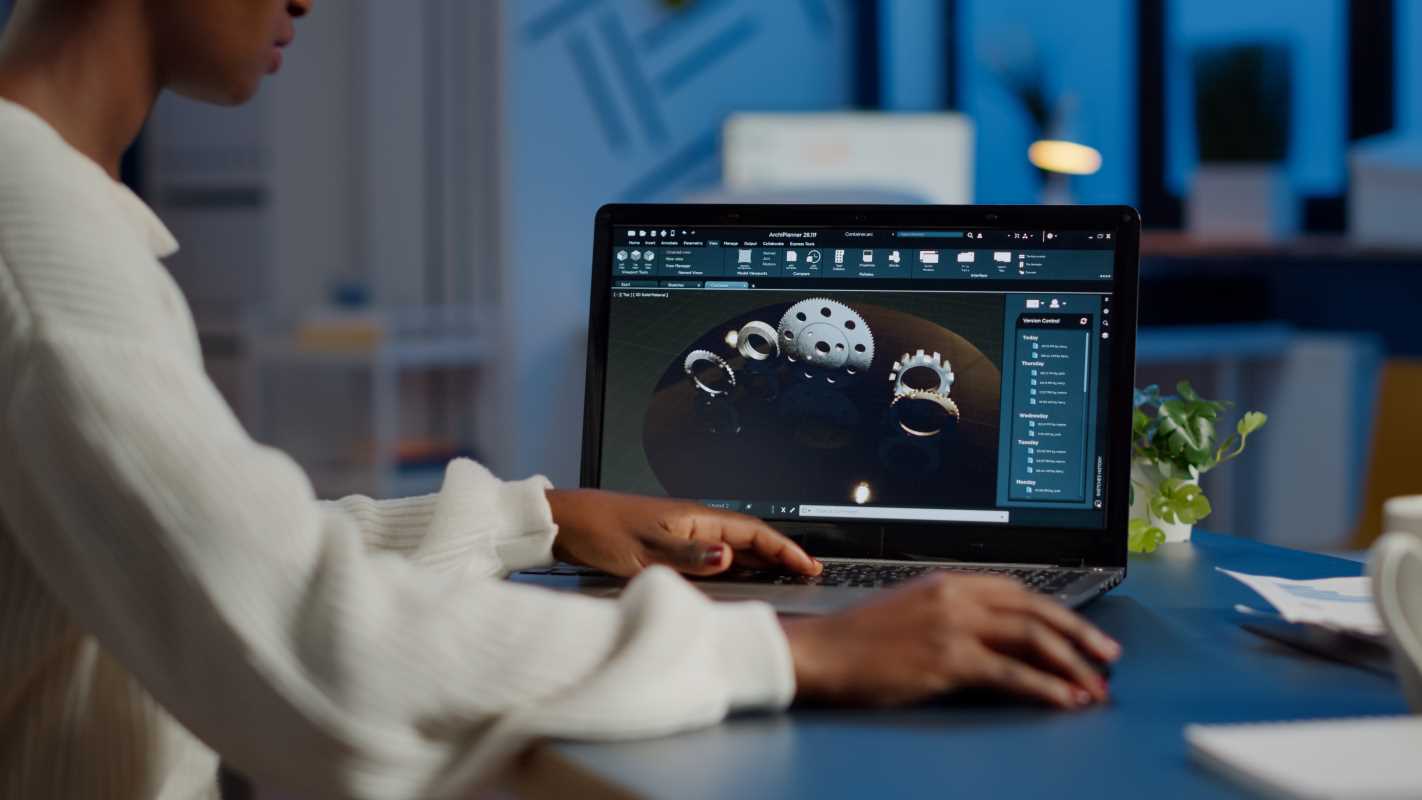In the world of cinema and media, the role of the producer is often the most invisible yet one of the most pivotal in ensuring that a project reaches its full potential. Producers shape the vision, direction, and execution of films and media projects, working tirelessly behind the scenes to bring creative ideas to life. The process of creating timeless art in film and media requires more than technical expertise—it demands a deep understanding of storytelling, collaboration, and an ability to craft narratives that resonate across generations. As a film and media producer, your job is to create content that not only reflects the cultural moment but also stands the test of time.
The Visionary Role of the Producer
At the heart of every successful film or media project is a producer who acts as a guide, overseeing every stage from conception to distribution. Producers are often the first to identify compelling stories, collaborate with writers and directors to refine the narrative, and secure funding to make the project possible.
- Story Selection: A producer’s role begins with choosing the right story. This can be the difference between a fleeting project and one that leaves a lasting impact. The story needs to have universal themes or elements that are relatable across time, whether it’s love, loss, redemption, or the human condition.
- Vision and Execution: Once the story is chosen, producers work with directors and creatives to ensure that the film’s vision aligns with the story’s potential. They facilitate decisions on tone, style, casting, and structure. Their ability to manage the creative direction while staying true to the core message is crucial in crafting timeless art.
Collaboration with Creative Talent
One of the defining aspects of producing timeless media is the ability to bring together a team of talented individuals who can elevate a project to extraordinary heights. Film and media production is inherently collaborative, requiring close work with directors, writers, actors, cinematographers, and editors.
- Directorial Collaboration: A producer’s relationship with the director is one of the most important in the filmmaking process. Directors are responsible for the artistic and creative vision, while producers ensure that this vision is achievable within time, budget, and logistical constraints. This collaboration often results in innovative storytelling and visual experiences that resonate with audiences long after the credits roll.
- Casting and Performance: Timeless art often hinges on memorable performances that feel raw and real. Producers work closely with casting directors to find actors who can bring characters to life in a way that resonates with audiences emotionally. The chemistry between cast members, particularly in ensemble films, is often the key to creating a narrative that feels both authentic and lasting.
Balancing Art and Commerce
Creating timeless art doesn’t happen in a vacuum. As a film and media producer, you are constantly balancing the artistic aspects of a project with the commercial realities of filmmaking. The challenge is to create content that is both artistically ambitious and financially viable.
- Funding and Budgeting: Securing financing for a project is one of the most important responsibilities of a producer. Whether through studio backing, independent investors, or crowdfunding, a producer must ensure that a project has enough resources to achieve its potential. Managing the budget without compromising the vision is a delicate balance that separates successful producers from those who struggle to bring their ideas to fruition.
- Market Understanding: Timeless art often requires a producer to understand both the contemporary market and the timeless appeal of the story. While trends come and go, great stories always find an audience. A producer with an eye for long-term success knows how to make projects relevant in the moment while ensuring they will stand the test of time.
Crafting Iconic Cinematic Moments
The magic of cinema often lies in moments that stick with the viewer long after the film ends. These are the iconic scenes, the lines of dialogue, the performances, or the visual compositions that define the film. As a producer, it is your job to ensure that these moments are given the resources and attention they deserve.
- Visual Storytelling: In collaboration with cinematographers, producers help craft visual moments that are not only striking but tell a story on their own. Whether through color palettes, framing, or lighting, visual decisions are made with an eye toward lasting impact.
- Musical Score: Music is one of the most powerful elements in filmmaking, capable of evoking deep emotion. Producers work with composers to create soundtracks that enhance the film’s impact and often become as iconic as the film itself. Think of the sweeping orchestral scores in films like Star Wars or The Godfather—these scores are timeless and synonymous with the films themselves.
Adapting to Technological Advancements
The landscape of film and media production is constantly evolving with technological advancements, but creating timeless art requires the ability to adapt these innovations without losing the essence of storytelling. From digital filmmaking to virtual reality and CGI, technology offers new tools for filmmakers to explore. However, great producers understand that technology should serve the story, not overshadow it.
- Innovative Storytelling: In today’s media world, producers have more options than ever to bring a story to life. From cutting-edge special effects to new platforms for distribution, producers can push the boundaries of how stories are told. However, timeless art isn’t defined by technology—it's defined by its ability to connect with audiences on a deep, emotional level.
- Preserving the Craft: Even as technology changes the way films are made, producers must ensure that the core craftsmanship of filmmaking—strong storytelling, authentic performances, and attention to detail—remains intact. The timeless appeal of classic films often lies in their simplicity and authenticity, which technology should not overshadow.







